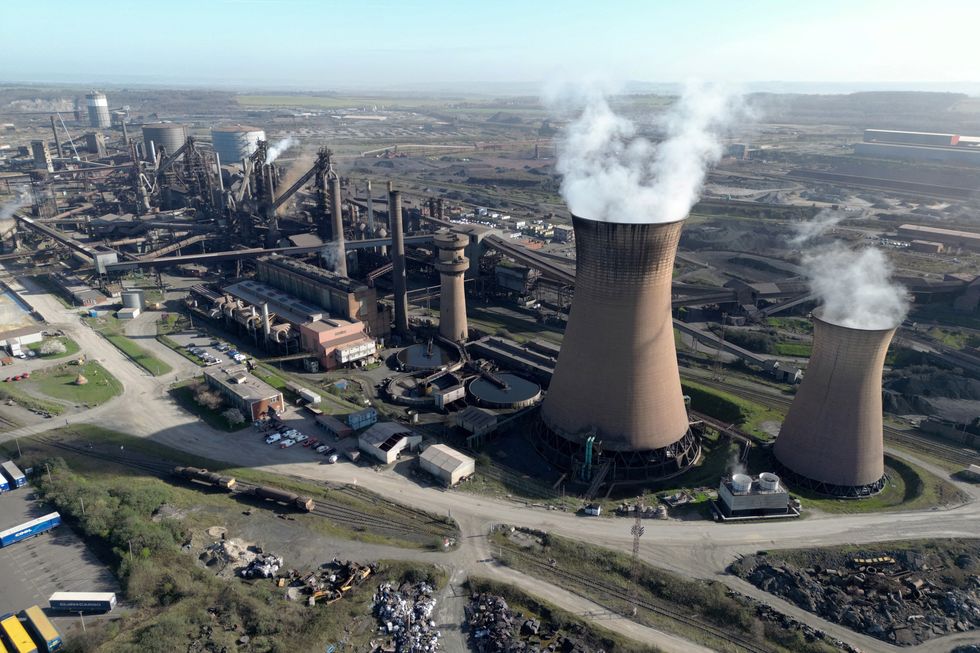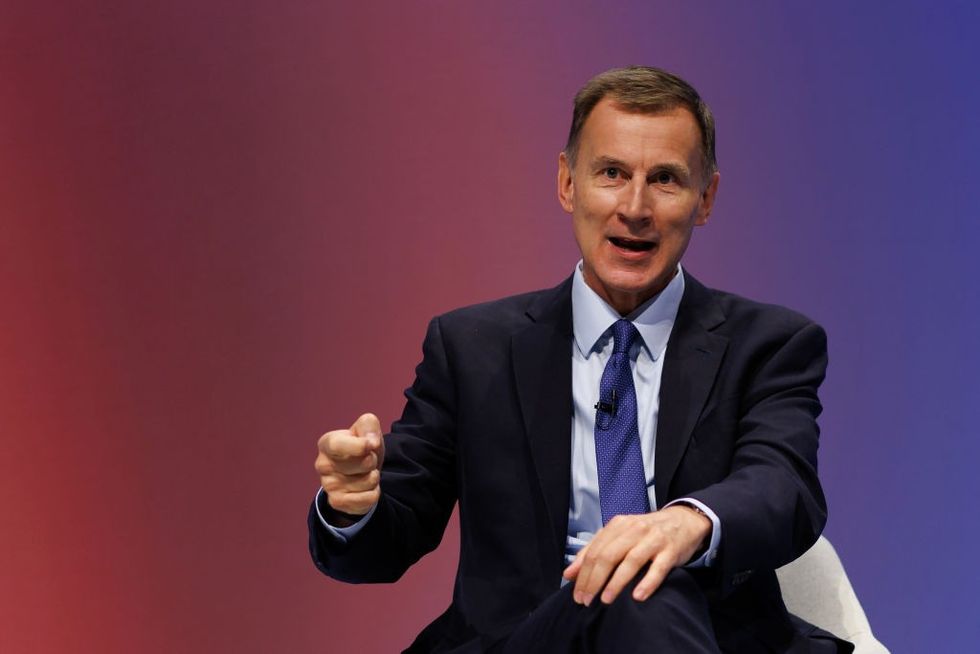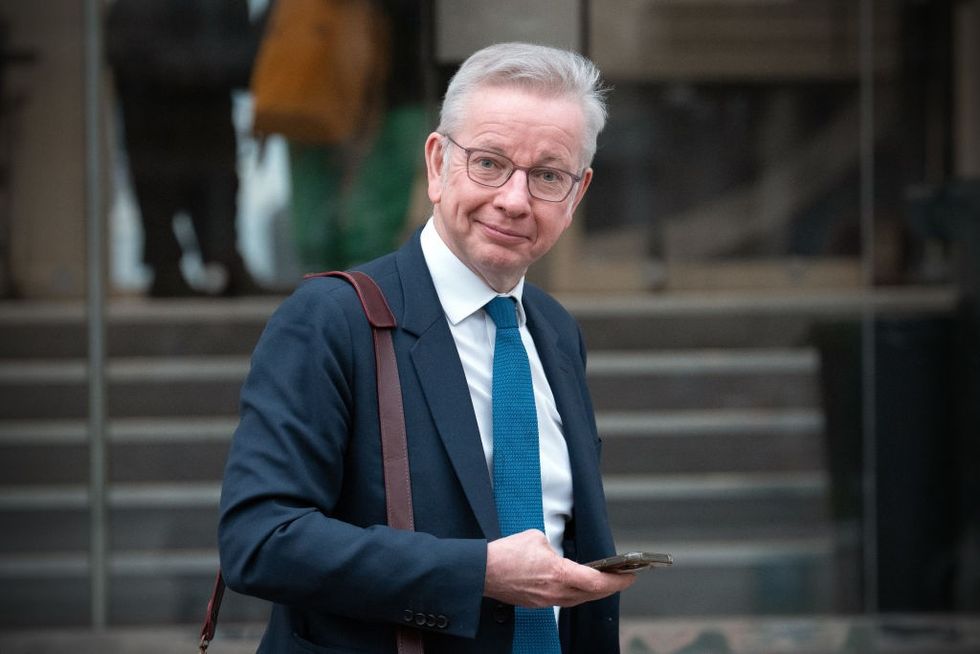INDIAN prime minister Narendra Modi will visit the United States this week, aiming to reconnect with president Donald Trump as he moves to smooth trade ties by offering quick tariff concessions.
Modi, who had cultivated a close relationship with Trump during his first term, is looking to avoid trade tensions with the second-term president.
India has already taken steps in this direction, including reducing tariffs on high-end motorcycles, a move seen as a boost to Harley-Davidson, the American company that previously caught Trump's attention.
For nearly three decades, successive US presidents have sought to strengthen ties with India, viewing it as a key partner in countering China's influence.
However, Trump has frequently criticised India over trade, once calling it the "biggest tariff abuser." Since returning to office last month, he has continued to use tariffs as a tool in foreign relations.
India has "done its groundwork and has already taken positive steps to set a good tone" with Trump, said Lisa Curtis, the National Security Council director on South Asia during Trump's first term.
Modi has also responded to one of Trump's key priorities—deporting undocumented immigrants. While Latin American migrants have been the main focus, India ranks third as a source of undocumented immigrants in the US after Mexico and El Salvador.
A recent deportation of around 100 Indian migrants, who were reportedly shackled during the journey, led to protests in New Delhi, where activists burned an effigy of Trump.
The opposition Congress party called the treatment of Indian citizens an "insult" and criticised Modi for not standing up to Trump.
However, Modi’s government, which has taken a strong stance against undocumented migrants from Bangladesh, has assured cooperation on the issue.
'Recreate their bonhomie'
Modi arrives in Washington on Wednesday after attending an artificial intelligence summit in Paris and will meet Trump on Thursday.
He will be the fourth world leader to visit Trump at the White House since his return, following the leaders of Israel, Japan, and Jordan.
During Trump’s first term, Modi sought to build a strong relationship with him. Both leaders share similarities in their political approach, emphasising majority interests and challenging long-standing democratic norms.
In February 2020, Modi hosted Trump in Gujarat before a crowd of over 100,000 at the inauguration of the world’s largest cricket stadium, which was later renamed after Modi himself. It was Trump’s last overseas visit as president before the Covid-19 pandemic halted travel.
"Prime minister Modi and his advisors hope that he and president Trump are able to recreate their bonhomie of the past and use that to ensure India avoids any negative trade-related actions or sanctions," said Aparna Pande, a fellow at the Hudson Institute.
India, she added, "remains one of the few countries that retains bipartisan support across the aisle in the US."
Under president Joe Biden, US-India ties remained strong, including the elevation of the Quad—a grouping of the US, India, Japan, and Australia—which China views as an attempt to contain its influence.
India is set to host a Quad summit this year, which could bring Trump back for another visit.
The Biden administration occasionally raised concerns about Modi’s record on minority rights, though Trump is unlikely to focus on the issue.
The US had also privately warned India after an alleged plot to assassinate a Sikh separatist in New York came to light.
Curtis said she believed India had "learned a lesson" from Biden’s warning and that the matter was now closed.
"I think that the Trump administration is hoping to move on from this issue," she said.
(With inputs from AFP)






 FILE PHOTO: A general view shows British Steel's Scunthorpe plant, in Scunthorpe, northern England, Britain, March 31, 2025. REUTERS/Dominic Lipinski
FILE PHOTO: A general view shows British Steel's Scunthorpe plant, in Scunthorpe, northern England, Britain, March 31, 2025. REUTERS/Dominic Lipinski











 FILE PHOTO: Jeremy Hunt gestures as he speaks during the Conservative Party Conference at Birmingham ICC Arena on September 30, 2024 in Birmingham, England. (Photo by Dan Kitwood/Getty Images)
FILE PHOTO: Jeremy Hunt gestures as he speaks during the Conservative Party Conference at Birmingham ICC Arena on September 30, 2024 in Birmingham, England. (Photo by Dan Kitwood/Getty Images) Michael Gove leaves the Covid inquiry on March 10, 2025 in London, England. (Photo by Carl Court/Getty Images)
Michael Gove leaves the Covid inquiry on March 10, 2025 in London, England. (Photo by Carl Court/Getty Images)
